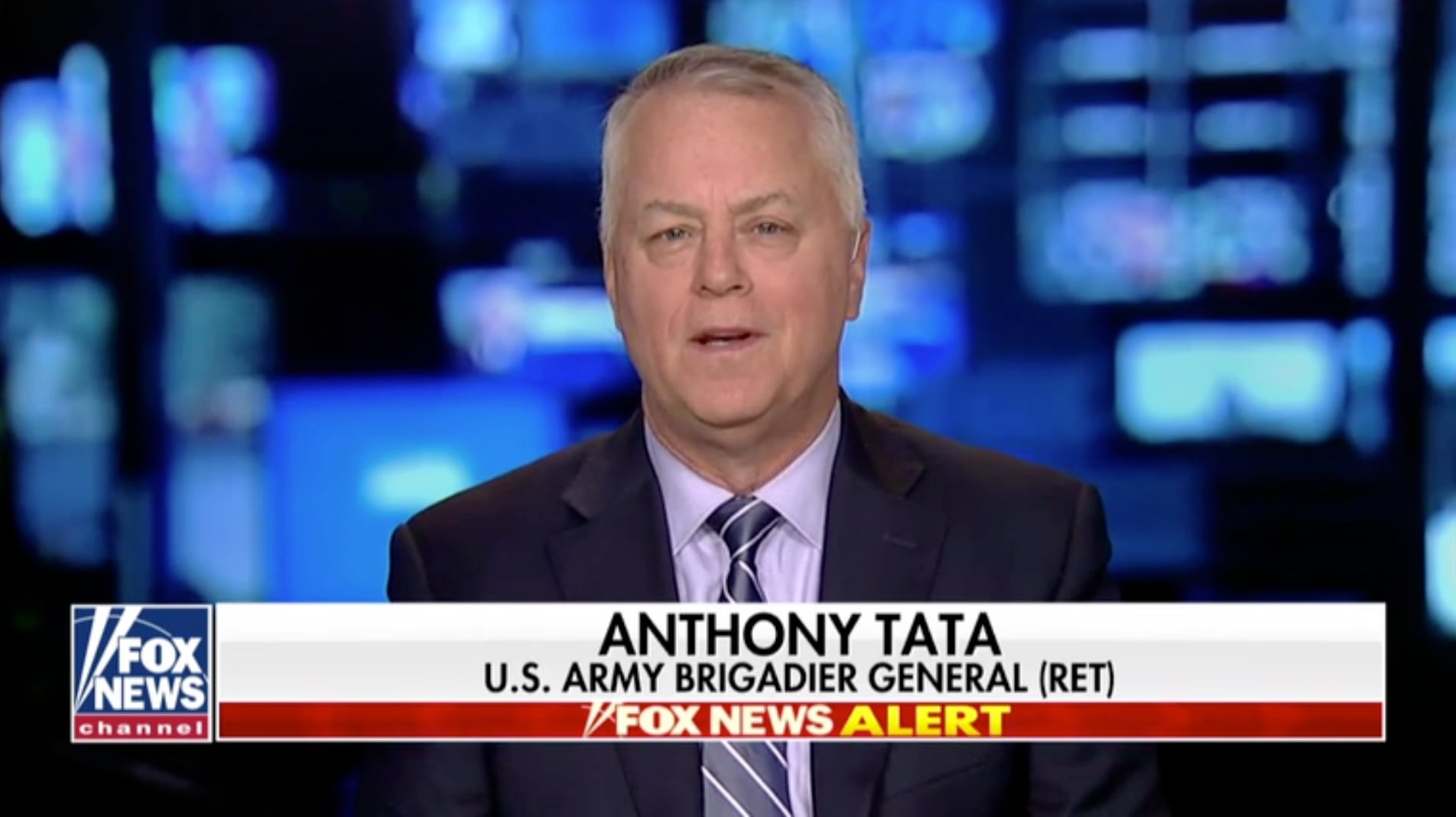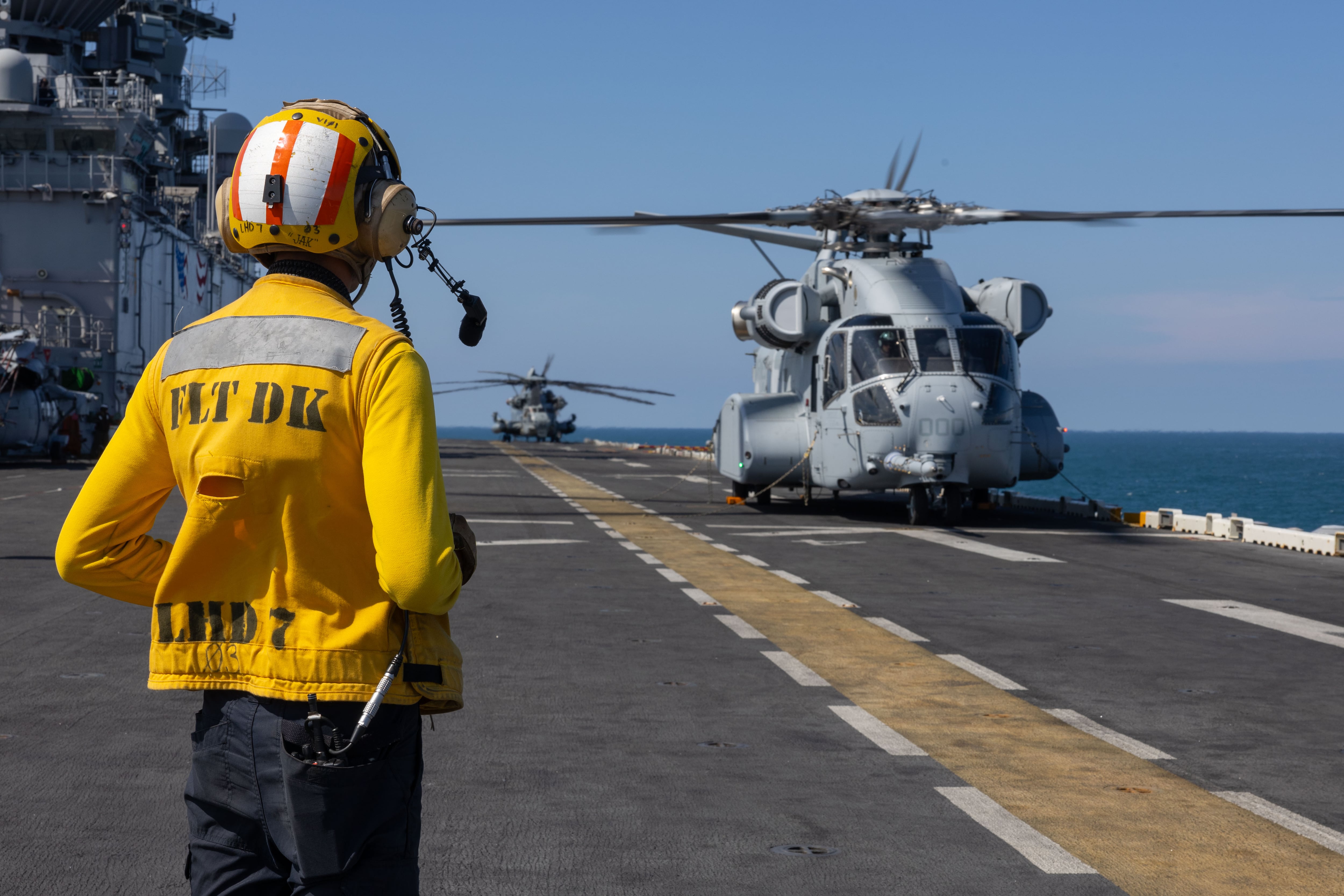The U.S. Air Force’s top officer in Europe said Tuesday the service aims to bring new fighter pilots, air planners and other reservists to the region, as the military looks to relieve active duty troops stretched thin by efforts to deter Russia and support NATO amid the war in Ukraine.
The plan comes in response to President Joe Biden’s July 13 executive order authorizing the Pentagon to mobilize up to 3,000 reservists for duty in Europe. Military officials have said the order would not grow the total number of U.S. troops in the region.
“We put in a request for folks to help out in our air operations center, and some staff position billets here at Ramstein [Air Base in Germany],” U.S. Air Forces in Europe commander Gen. James Hecker told Air Force Times in an exclusive interview. “We’re going to put in some requests for some Guard units or reserve units to come fill some [air patrol] taskings, so our active duty can get a [much]-needed rest after doing that for a couple years.”
In addition to calling up new fighter units to patrol NATO’s borders and train with foreign allies, Hecker said the Air Force may tap tanker and reconnaissance aircraft as well. He declined to say which airframes or squadrons the service could mobilize in response.
Hecker anticipates the reservists won’t start arriving in Europe until fall at the earliest.
He said it will likely take at least “a couple of weeks” for U.S. European Command to work through the requests for forces from its subordinate units. Then each of the military services decides who it can provide to meet those needs.
“Because these are civilians with civilian positions, we want to give them adequate notice to their [employers], so they just don’t pick up and leave the next day,” he said.
The Pentagon has grown its presence in Europe by around 20,000 troops since Russia invaded Ukraine in February 2022, totaling around 100,000 personnel on the continent — its largest footprint there since 2005.
Units across all of the Air Force’s fighter fleets have deployed to protect against Russian incursions into NATO airspace, and the service continues to rotate bomber crews through Europe to deter the use of nuclear weapons. U.S. and NATO intelligence aircraft also routinely patrol the region to track the movement of friendly units and Russian forces.
The U.S. has also trained more than 11,000 Ukrainians in military tactics and management, and supplied more than $43 billion worth of military equipment and other support since the war in Ukraine began, according to the Pentagon and State Department.
“Everyone’s going to put in requests” for reservists, Hecker said. “It’s not just the Air Force that’s running at a high pace here.”
Rachel Cohen is the editor of Air Force Times. She joined the publication as its senior reporter in March 2021. Her work has appeared in the Washington Post, the Frederick News-Post (Md.), Air and Space Forces Magazine, Inside Defense, Inside Health Policy and elsewhere.





